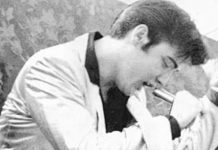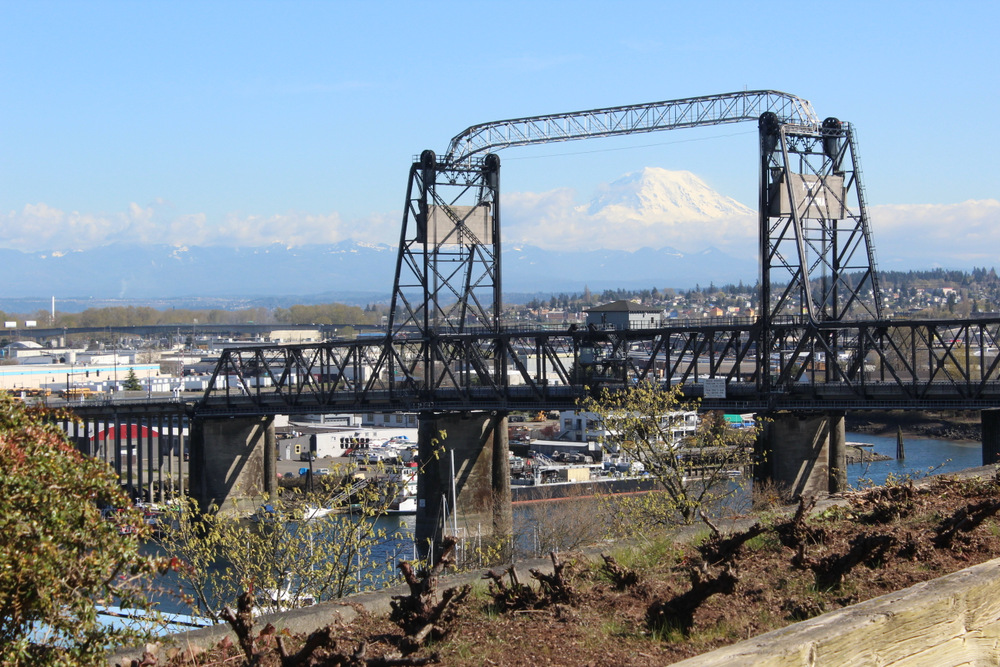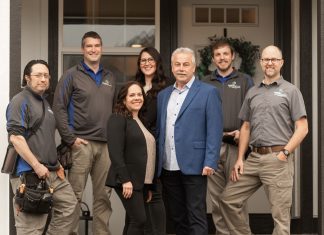The mountain that looms 14,411 feet over Puget Sound not only draws more than two million tourists a year, it represents an unhealed wound that gashed open during the longstanding war between Seattle and Tacoma.

The active volcano, listed on official maps as Mount Rainier, but called Mount Tacoma by many locals, has a tale to tell that has yet to come to a conclusion. And the naming battle, like the mountain itself, could erupt again without notice.
English explorer Captain George Vancouver disregarded the “snowy mountain” title local Native Americans called their ever-mysterious mountain and named the peak after his friend Rear Admiral Peter Rainier during Vancouver’s expedition in the area in 1792. It should be noted that Rainier never even came close to – or even saw the mountain – since he never came close to the Pacific Northwest. The closest he got to the mountain that bears his name was when he was capturing an American privateer during the War of Independence in 1778.
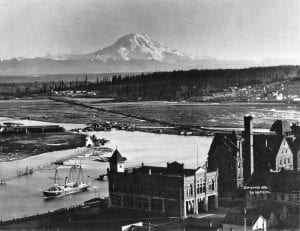
Mount Rainier, however, would appear on official maps under the naming rights of “discovery,” but the Native Americans and floods of settlers stuck with Tacoma – or Tahoma – when they referred to the mountain that seemed to appear out of the clouds off in the distance. It was a mountain with two names. An Englishman, Dr. William Tolmie from nearby Fort Nisqually, was the first to refer to the mountain by its native name after he visited it in 1833. But an American, Augustus Kautz, called it Rainier when he attempted to reach its summit a generation later.
All was fine with the two-named mountain for a while. Business boosters in Seattle then sought revenge for losing out on being the terminus for the Northern Pacific Railroad. They just couldn’t stand the idea of Seattle’s chief rival benefiting from sharing its name with the region’s largest landmark. It promoted “Mount Rainier” and called “the Tacoma moniker” a case of “historical robbery.”
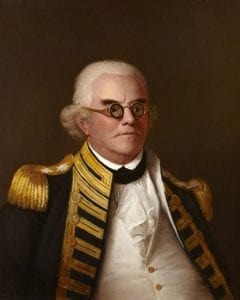
The matter went to the United States Board of Geographic Names in 1890. Mount Rainier won the board’s unanimous vote. But that didn’t end the issue. Tacomans kept up the pressure for another three decades.
“No issue in the city’s history had such wholehearted support as the campaign to reclaim the mountain from Rear Admiral Rainier,” the late historian Murray Morgan wrote in his must-have local history book, Puget’s Sound: A Narrative of Early Tacoma and the Southern Sound.
It was a personal battle for the Morgan family as well. His parents had championed the “Tacoma cause,” with editorials, poems and letters to elected officials and helped form a national committee that included former president Theodore Roosevelt and humorist Will Rogers to revisit the issue in the 1920s. Their efforts even gained some traction. The U.S. Senate passed a bill in 1926 to name the mountain Mount Tacoma. The bill, however, died in the House of Representatives. All hope was lost.
“It was a sad day in Tacoma when it lost its mountain,” Morgan wrote.
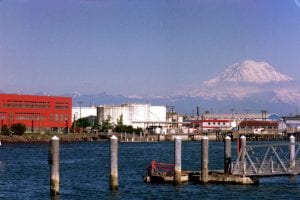
The matter seemed settled. The mountain would be called Rainier.
But no war is ever settled. The battle to rename the mountain got a bump in 2015. That’s when the continent’s tallest peak was renamed from Mount McKinley to back to its Native American name of Denali. It a twist of fate, Seattle’s chief newspaper, the Seattle Times, endorsed the idea of renaming Mount Rainier – 124 years after it championed the effort to rob the City of Tacoma of its namesake mountain.






















